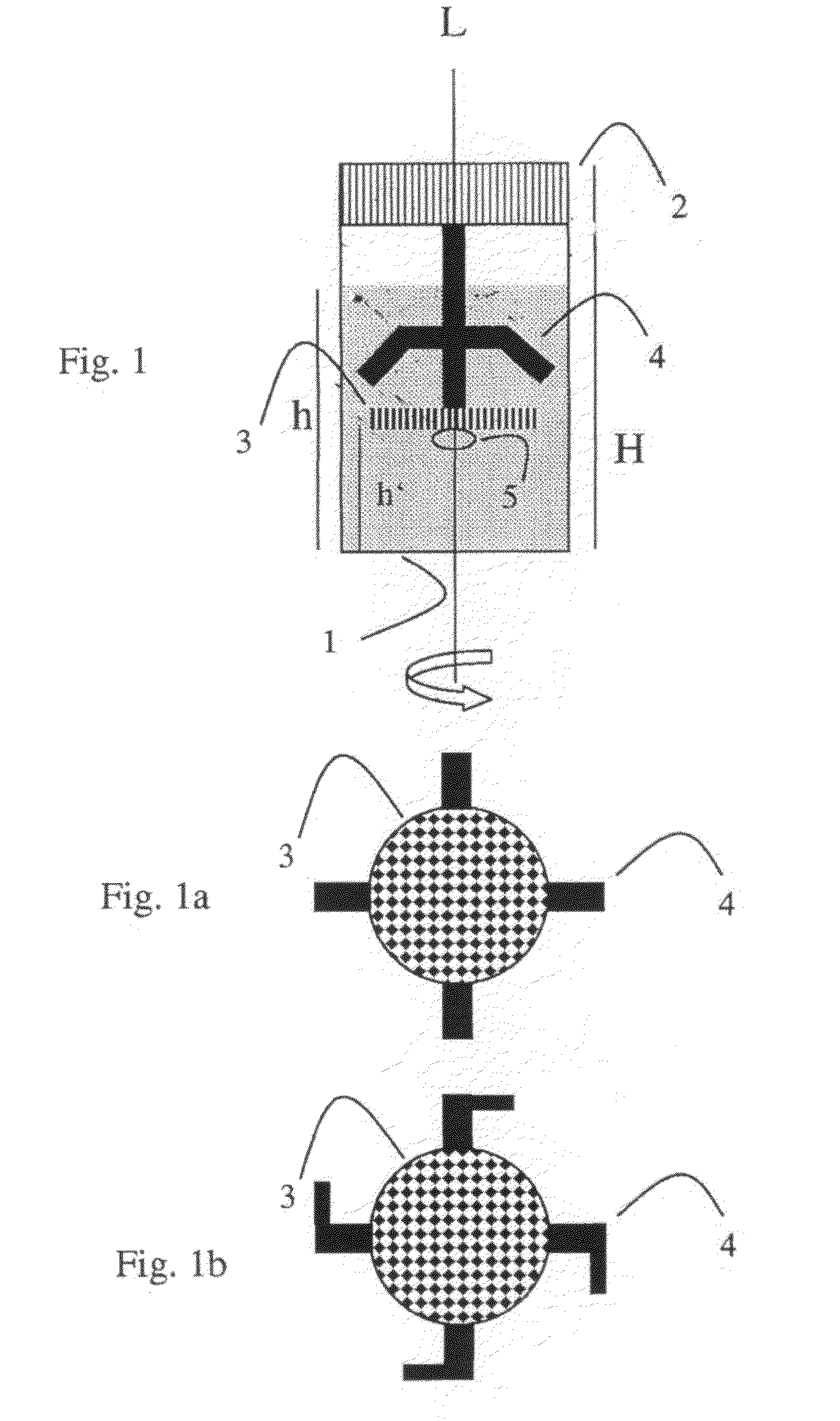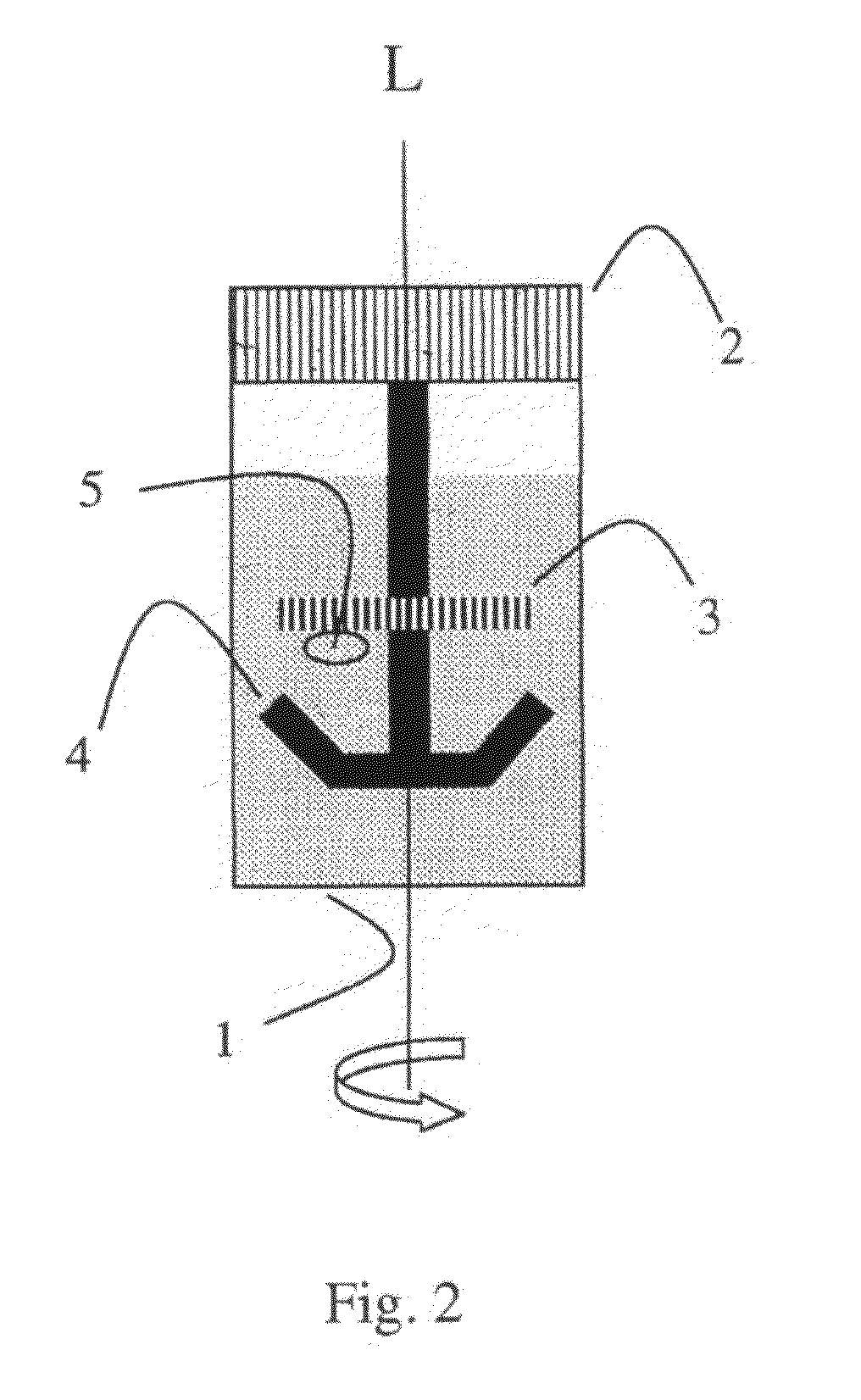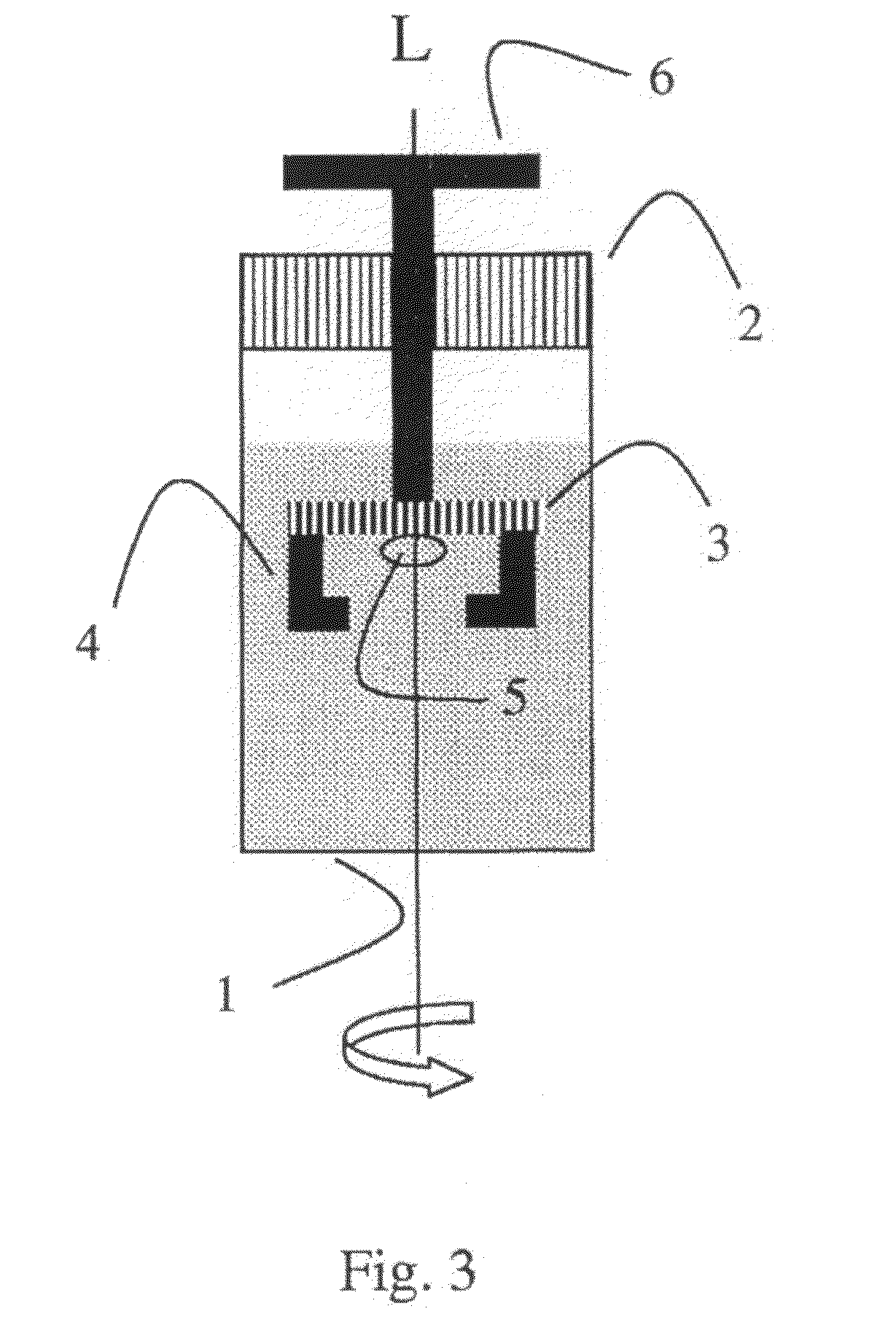Method for treating a biological sample with a composition containing at least one polyol and excluding water
a polyol and composition technology, applied in the field of biological sample treatment, can solve the problems of reducing the extraction ability of nucleic acids or proteins from tissues, unable to use molecular-biological methods, and falsifying molecular-biological analyses or indeed making them entirely impossible, so as to achieve satisfactory stabilization of biological samples
- Summary
- Abstract
- Description
- Claims
- Application Information
AI Technical Summary
Benefits of technology
Problems solved by technology
Method used
Image
Examples
examples
1. Histological Analysis of Samples Treated According to the Invention
[0129]Immediately after the removal of organs, rat liver tissue was treated with in each case 1 ml of the compositions detailed in table 1 and stored for 1 day in the incubator at 25° C. After storage, the tissue pieces are removed from the solutions, transferred into plastic boxes and, following conventional protocols, incubated in an ascending ethanol series and in xylene, and embedded in paraffin. With the aid of a microtome, sections are prepared from the paraffin-embedded tissue, and these sections are stained on the slide with hematoxylin-eosin by customary methods. The stained tissue sections are viewed under the light microscope. The result is compiled in table 1:
[0130]
TABLE 1CompositionResult1,2,3-PropanetriolMorphology retained1,2,6-HexanetriolMorphology retained3-Methyl-1,3,5-pentanetriolMorphology retained25% 1,2,3-propanetriol + 75% 1,2,6-hexanetriolMorphology retained75% diethylene glycol + 25% 1,2,6...
PUM
| Property | Measurement | Unit |
|---|---|---|
| temperature | aaaaa | aaaaa |
| temperature | aaaaa | aaaaa |
| temperature | aaaaa | aaaaa |
Abstract
Description
Claims
Application Information
 Login to View More
Login to View More - R&D
- Intellectual Property
- Life Sciences
- Materials
- Tech Scout
- Unparalleled Data Quality
- Higher Quality Content
- 60% Fewer Hallucinations
Browse by: Latest US Patents, China's latest patents, Technical Efficacy Thesaurus, Application Domain, Technology Topic, Popular Technical Reports.
© 2025 PatSnap. All rights reserved.Legal|Privacy policy|Modern Slavery Act Transparency Statement|Sitemap|About US| Contact US: help@patsnap.com



